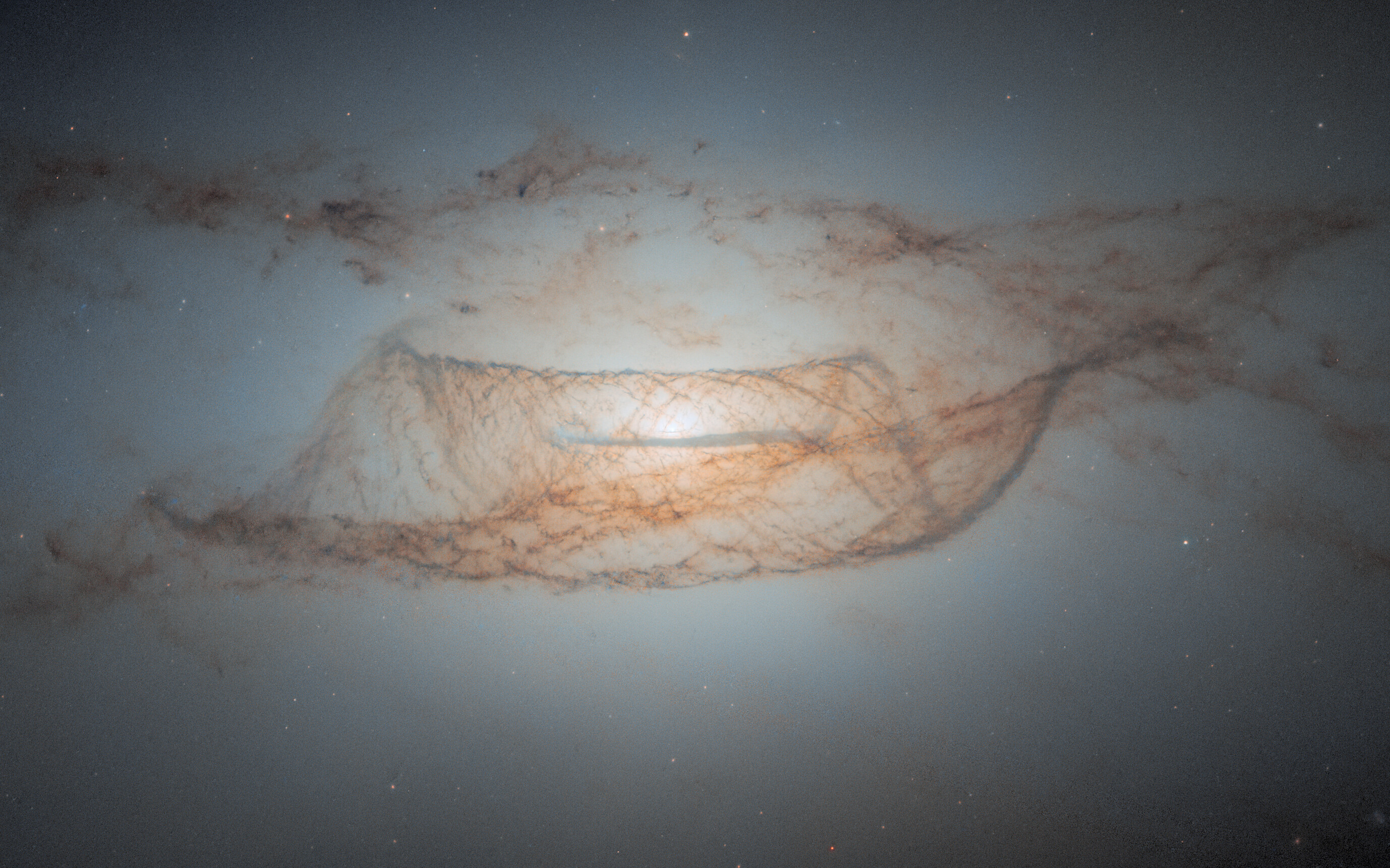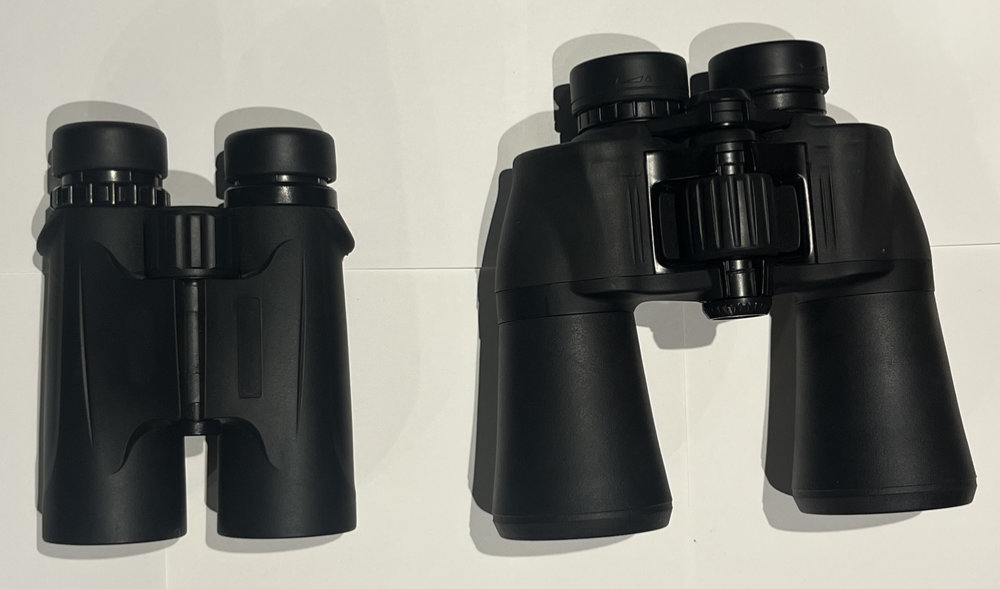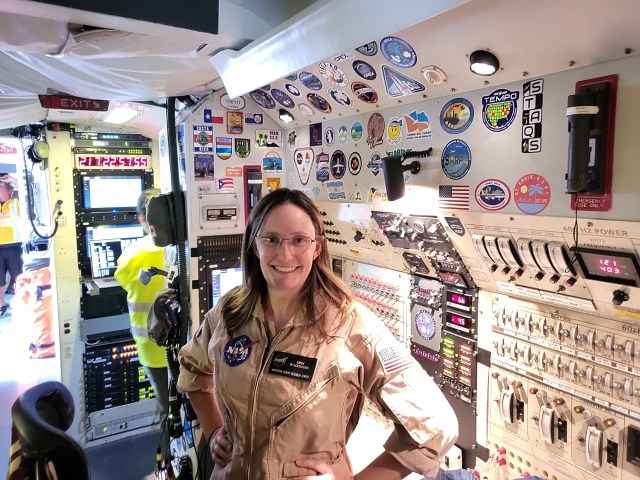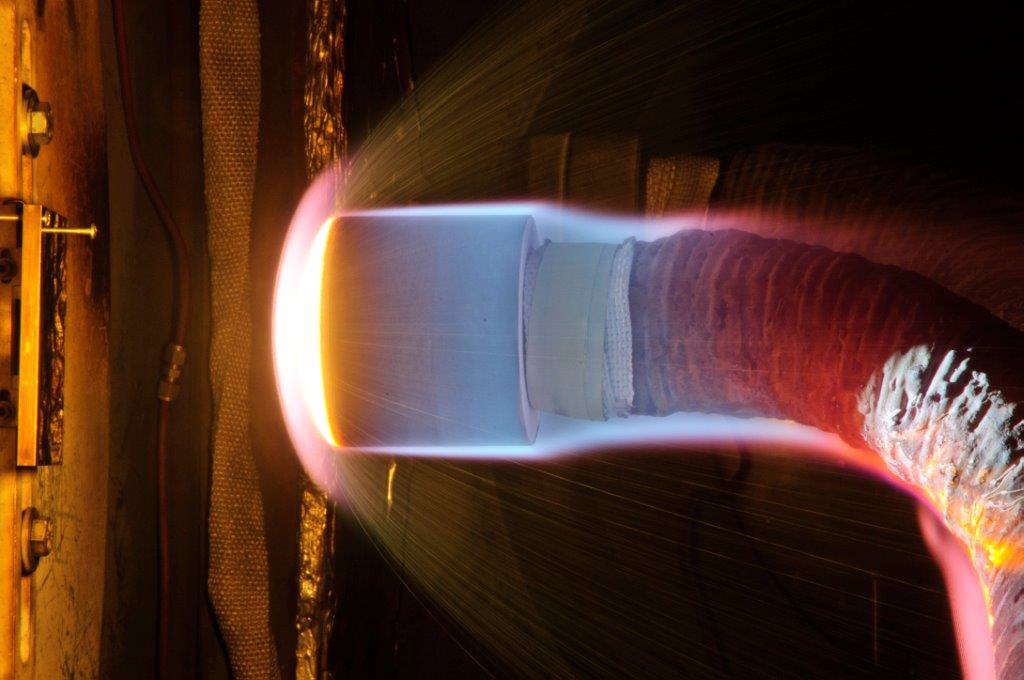Thermal Protection Materials Branch – Testing and Fabrication
Characterization and Processing Labs
Thermal protection systems (TPS) protect space vehicles from aerodynamic heating during entry to planet atmosphere and re-entry to earth atmosphere. The Thermal Protection Materials Branch at NASA Ames developed PICA (Phenolic Impregnated Carbon Ablator) that won the 2007 NASA Invention of the year. PICA is a low density, high surface area heat shield material designed to protect spacecraft during entry/re-entry to planet atmosphere such as Stardust. The Branch at NASA Ames also invented TUFROC (Toughened Uni-piece Fibrous Reinforced Oxidation-Resistant Composite) which is a reusable thermal protection material used in space launch services and spacecraft such as the USAF X-37B.
The Thermal Protection Materials Branch consists of thermal protection material processing labs which are responsible for:
- Processing thermal protection materials such as PICA and CPICA (Conformal Phenolic Impregnated Carbon Ablator) in order to infuse the resin system into a carbon substrate and cure in an oven for further evaluation such as ground testing in arc jet facilities or for customers.
- Developing new thermal protection materials such as PHICA (Phthalonitrile Impregnated Carbon Ablator) and CEICA (Cyanate Ester Impregnated Carbon Ablator). These two new TPS materials are low density ablator materials with new polymer systems rather than the heritage phenolic resin.
- Improving existing thermal protection materials.
- Chemistry labs which focus on synthesizing new polymers and resin systems for new TPS materials.
The Branch labs characterize the properties of processed materials utilizing the following instruments:
- Thermal Gravimetric Analysis (TGA): Measures the mass loss of a TPS material in wide range of temperatures and studies the char yield.
- Differential Scanning Calorimetry (DSC): Measures the glass transition temperature and specific heat capacity of TPS materials.
- Laser Flash Analysis (LFA): Measures the thermal diffusivity of TPS materials (for thermal conductivity determination).
- Dilatometer: Measures the thermal expansion of TPS materials.
- Scanning Electron Microscopy (SEM): Characterizes the morphology of TPS materials
Engineering, Design, and Fabrication
The Sensors & TPS Advanced Research Laboratories (STAR Labs) has a multi-faceted suite of capabilities ranging from fabrication of research articles to delivery of flight hardware required for qualification and operations of crewed hypersonic entry, descent, and landing (EDL) vehicles. The STAR Labs enable basic research to expand the state-of-the-art for TPS, sensors, and instrumentation development, while providing complete capability to qualify hardware for space flight. Typical qualification environments include testing space vehicle specifications for shock, thermal vacuum, vibration, and arc jet plasma conditions. Basic research support includes development of fundamental sensor technology to measure ablative TPS temporal response to fabrication of extreme tolerance test coupons.
STAR Labs have supported the following programs: Shuttle Orbiter TPS, MEDLI, MEDLI2, Orion EFT-1 DFI, Orion EM-1 DFI, Orion EM-2 DFI, MPCV Orion Heat Shield Qualification, HEEET, X-37, Sierra Nevada Corp Dream Chaser, Space X Dragon, Mars Science Laboratory TPS, Mars 2020, and Mars Exploration Rover TPS among others.
Arc Jet Testing Support
The Ames Arc Jet Complex is a unique high enthalpy environmental simulation capability that serves customer-driven aero-thermal response requirements in support of NASA missions and other National programs. At 150 MW DC, it is the nation’s highest-powered arc-heated hypersonic test facility with unique capabilities to enable development of advanced thermal protection system (TPS) materials and concepts. The facility allows for large test articles (up to 60 cm x 60 cm), pre-mixed test gas with continuous high enthalpy flows (2 – 40 MJ/kg in air), plasma flow expansion to hypersonic speeds via conical, semi-elliptical, or channel nozzles, and spectroscopic/laser induced florescence (LIF) diagnostic capabilities.
Click here to learn more about the Thermophysics Facilities at Ames.
TSM supports arc jet testing at Ames by providing a subject matter expert (SMA) to customers for each test to inform the testing requirements/planning for a given material, facilitate the testing logistics (e.g., sample pre-post laser scanning, choice of diagnostics, test summary report), and interface with the facility.
Test Sample Recession Characterization
The branch also provides support for characterization of arc jet sample material recession including pre-post 3D scanning, X-ray tomography analysis, and in-situ time-resolved recession tracking from profile video.































